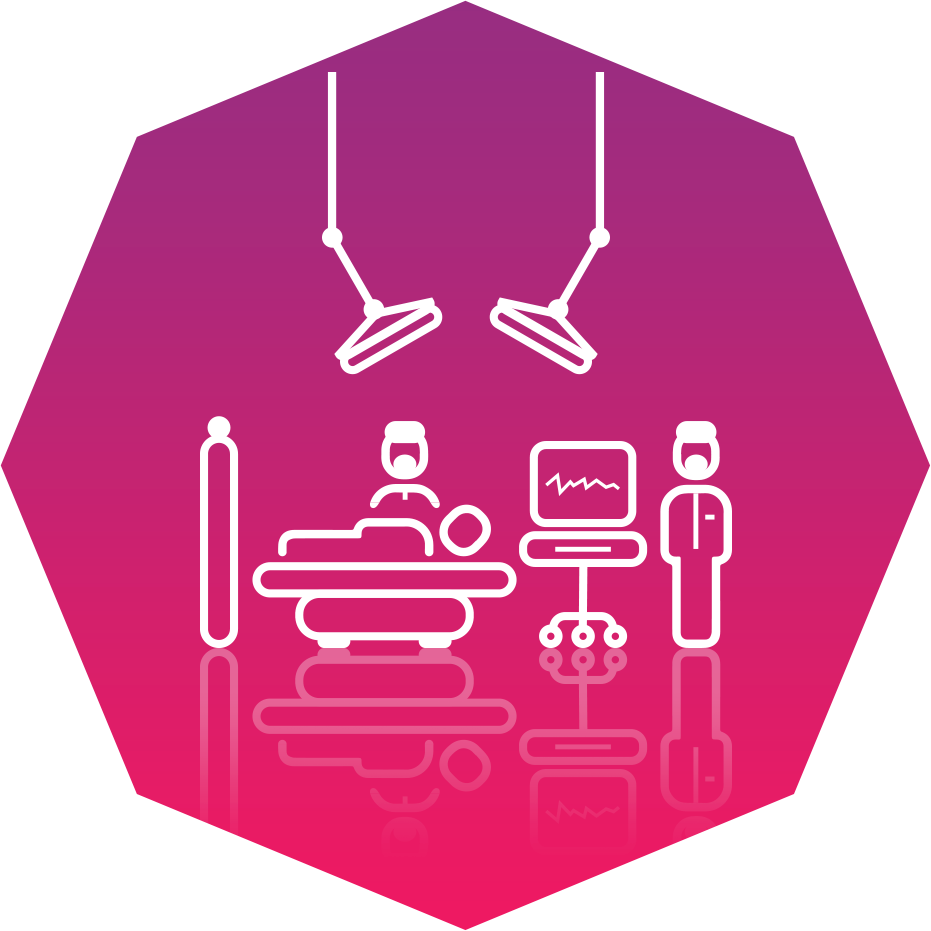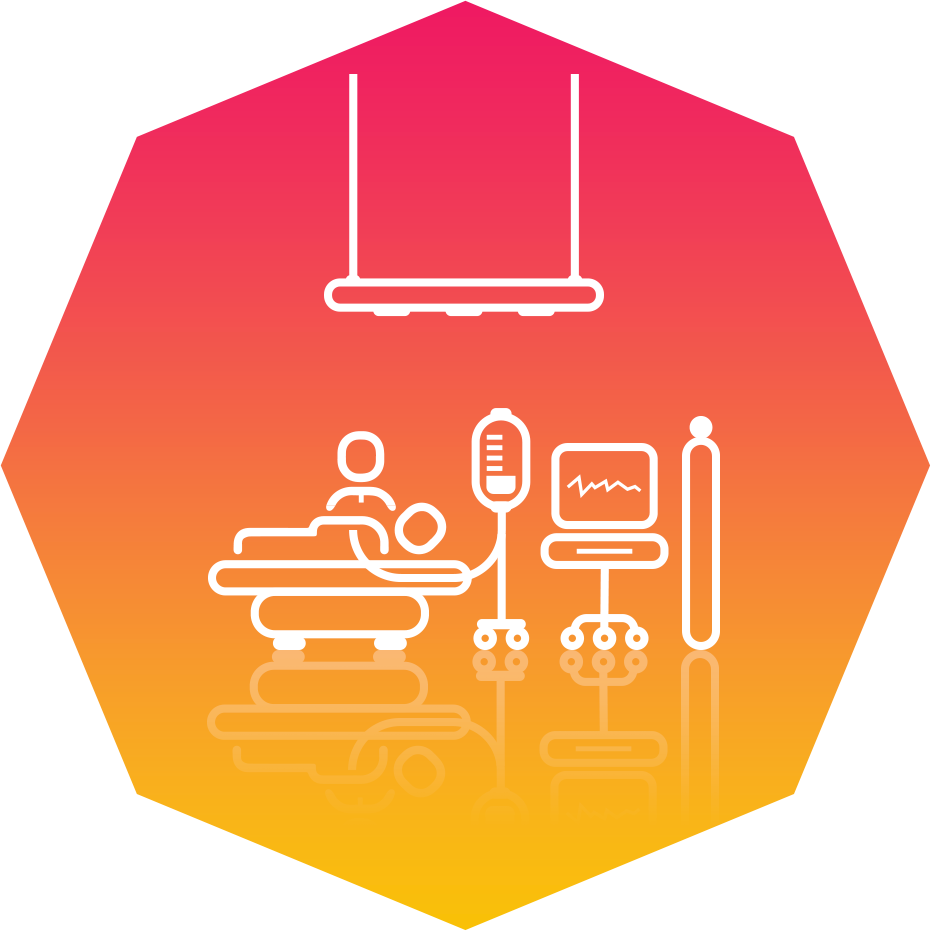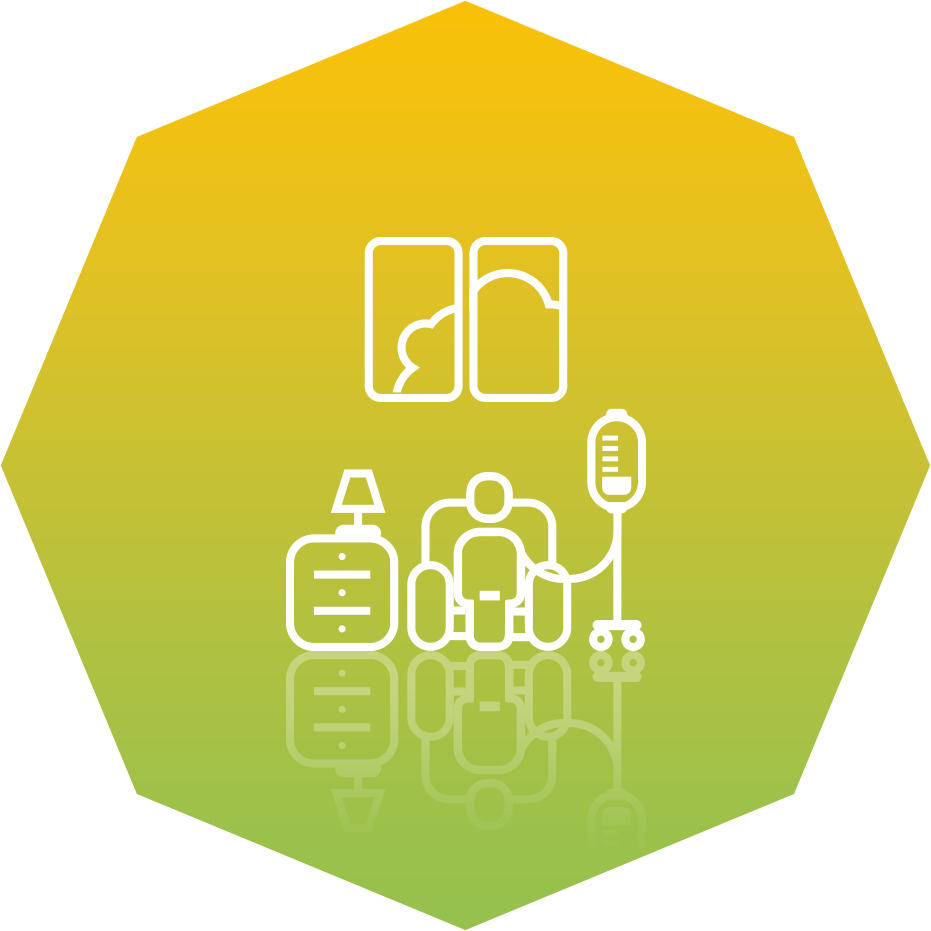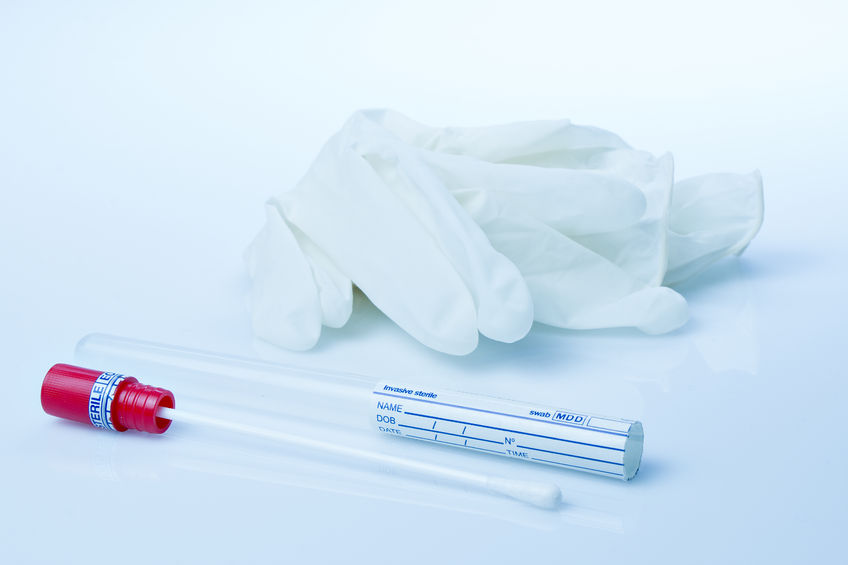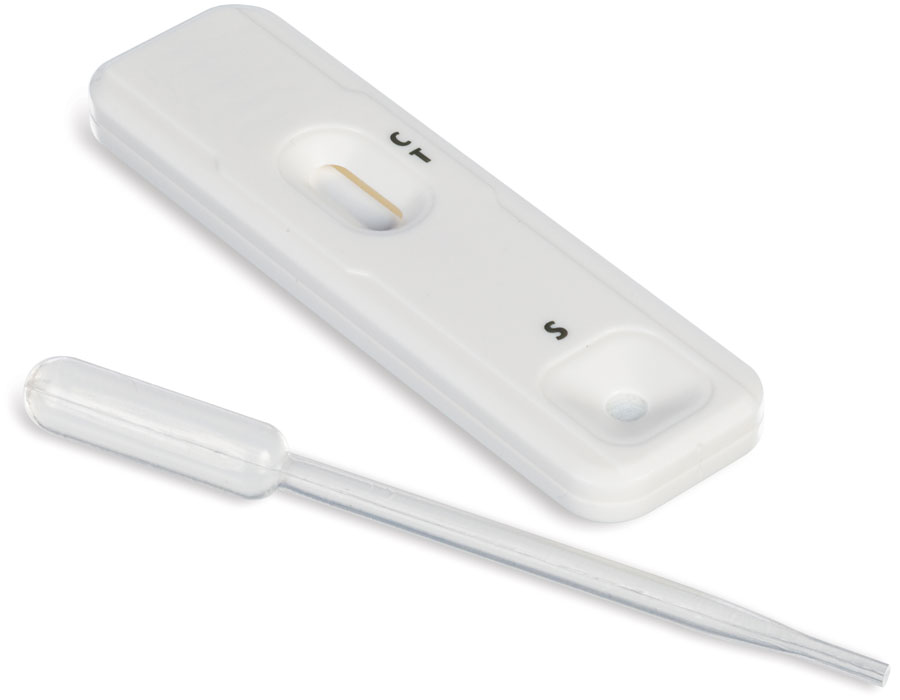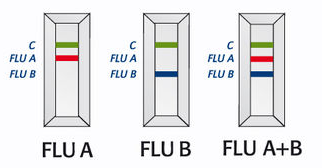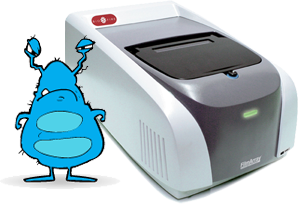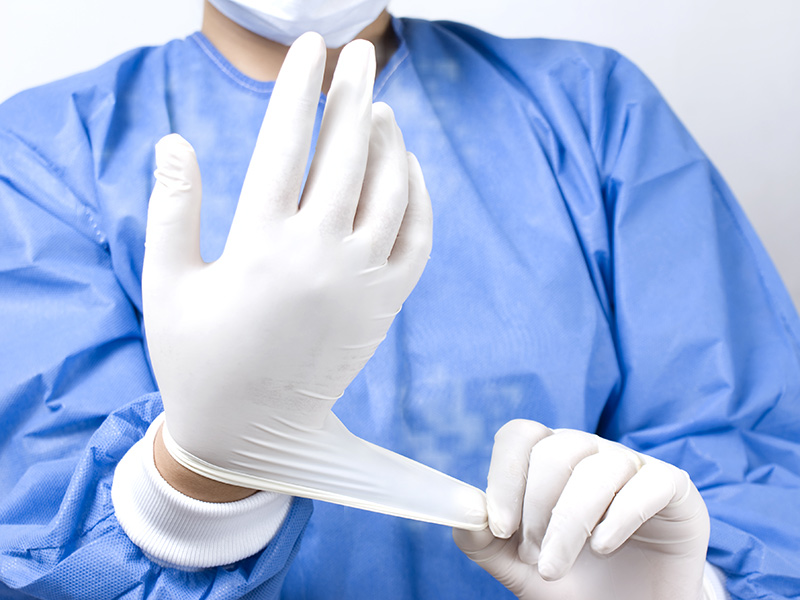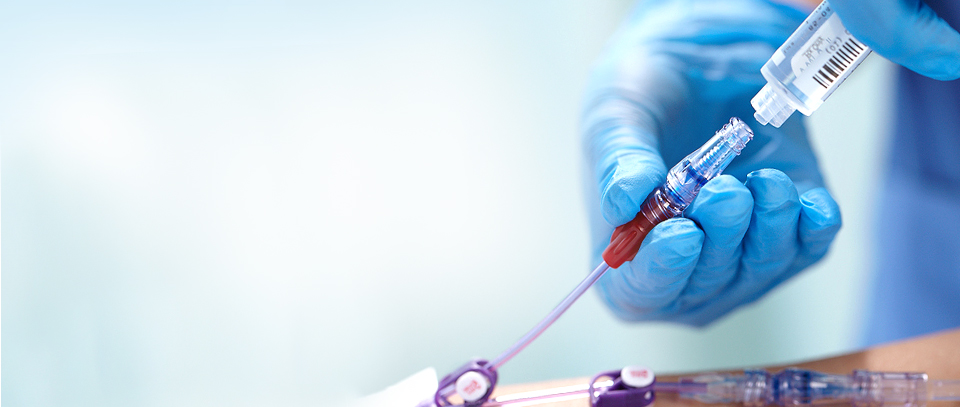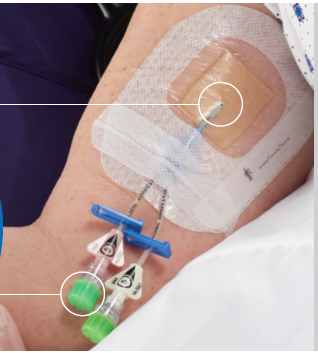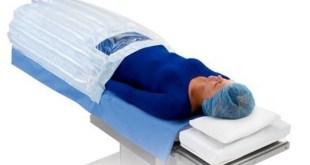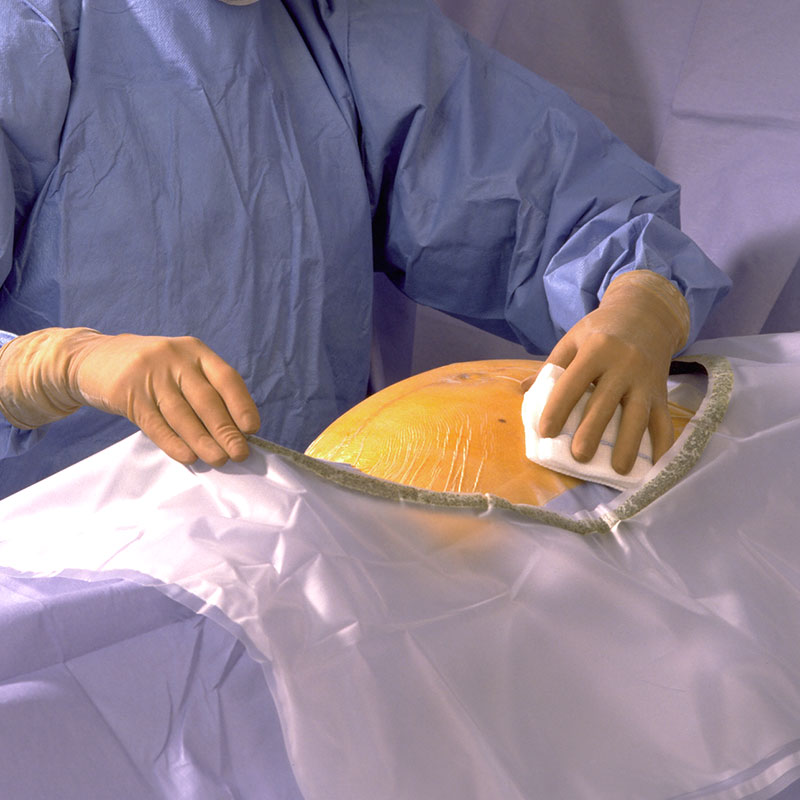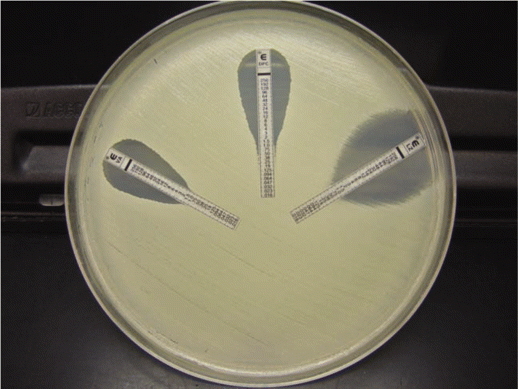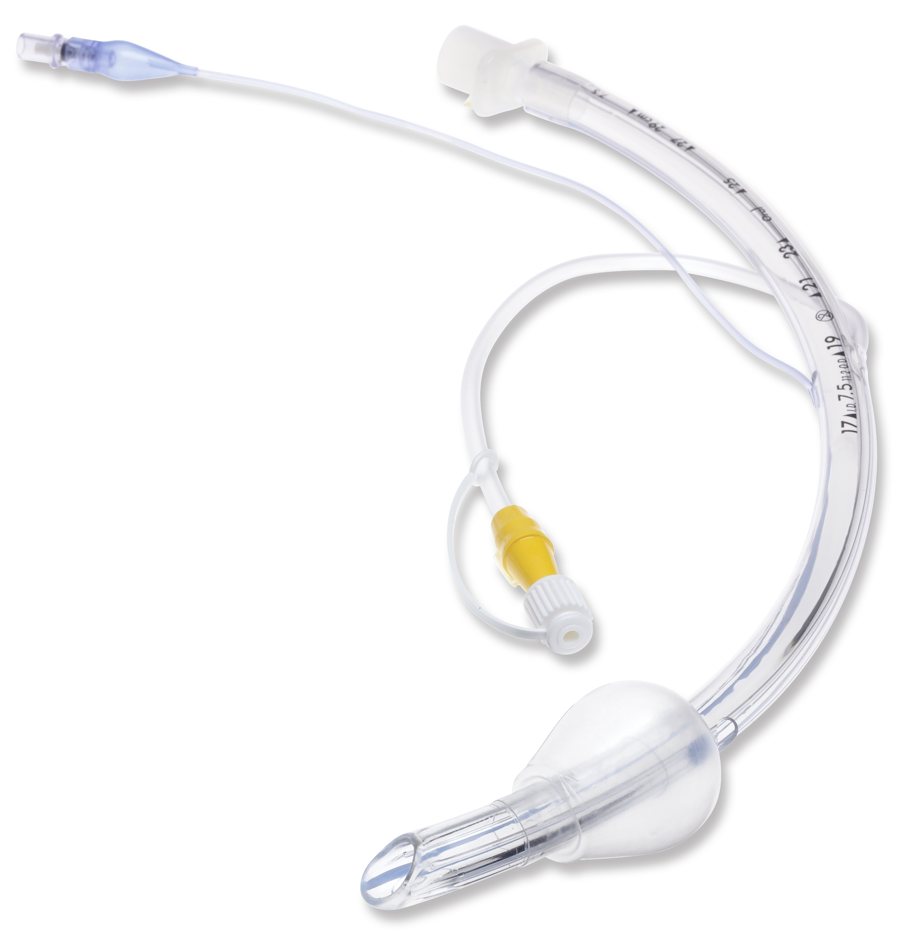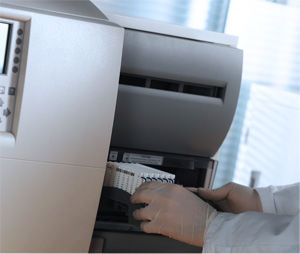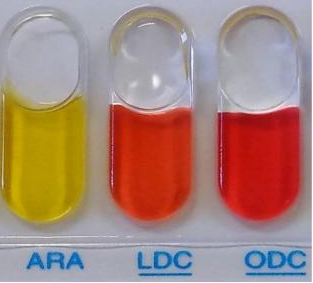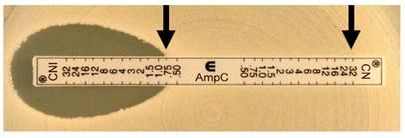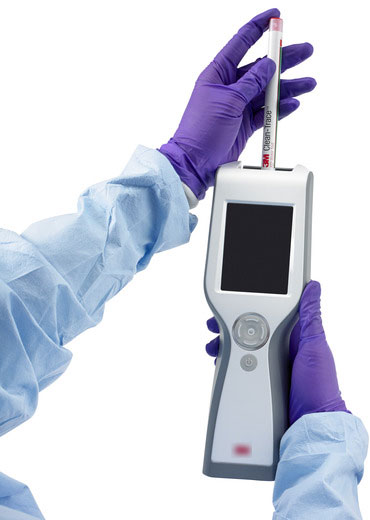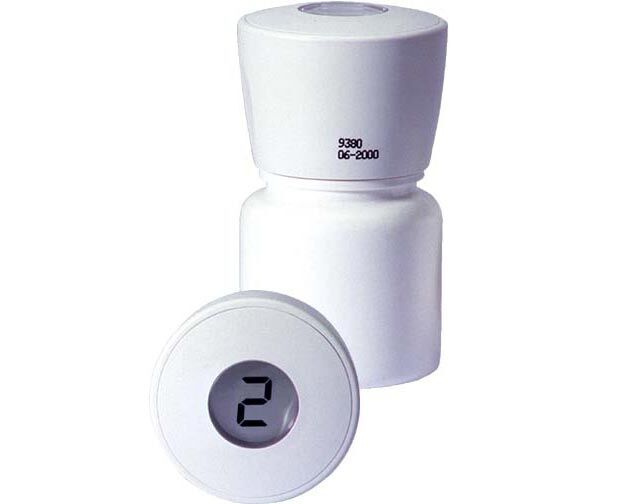
Before admission to the hospital / in the community
As the largest proportion of antibiotic consumption in humans takes place in the community (ECDC, 2014), it is essential that the overuse and misuse of antibiotics is tackled there in the first place. For patients having an elective procedure in a hospital, as well as in the case of an emergency admission, programmes can be put in place to help reduce the risks of healthcare-associated infections (and therefore the development of resistance) and to screen people for resistant strains.
What can be done
by technology?
Technology examples:
-
Pre-surgical nasal screening
Tests to detect whether a patient is carrying a certain type of bacteria
Discover -
Point of Care C-Reactive Protein (CRP) test
Rapid diagnostic test to determine whether antibiotics are required (…)
Discover -
Strep A pharyngitis rapid test
Rapid test to aid the diagnosis of acute pharyngitis caused by Group A Strep (…)
Discover
-
Influenza A and B viruses in human nasopharyngeal specimens
Rapid detection and differentiation of flu viruses in 10 minutes (…)
Discover

